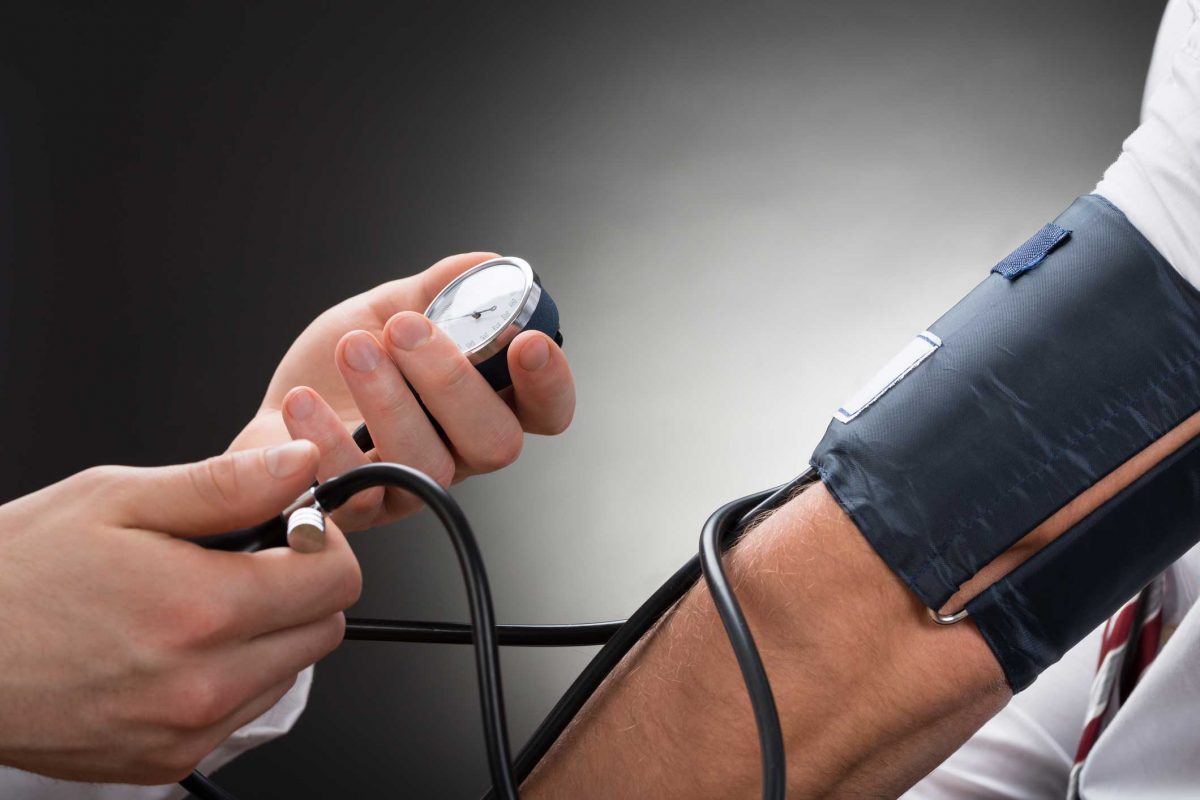<< Back
What New High Blood Pressure Guidelines Mean For You

November 14, 2017
The number of Americans with high blood pressure increased dramatically Nov. 13 when the American Heart Association, the American College Cardiology and nine other groups released a new guideline on hypertension.
The standard, the first change in 14 years, is now 130/80 mm Hg, down from the guideline established in 1993, 140/90. The most obvious consequence of the new recommendations: 46 percent of U.S. adults are now considered hypertensive, compared with 32 percent under the old standard. An estimated 59 percent of African American men are now classified as having high blood pressure, an overnight increase from 42 percent.
“These new guidelines make sense because we’ve known forever that the lower your blood pressure the longer you live,” says Dr. Paul Thompson, chief of cardiology and the Athlete’s Heart Program at Hartford Hospital and co-physician-in-chief of the Hartford HealthCare Heart & Vascular Institute. “Everybody should try to get their blood pressure as low as possible. We also know that the longer you live with borderline hypertension the greater the chances that you’re going to have problems with your heart as you get older.”
What’s behind the numbers? Blood pressure is the force with which blood is pumped out of the heart. Hypertension occurs when blood moves through the arteries at a higher-than-normal pressure. It is recorded as two numbers — the systolic pressure (top number) reflects the heart beating, while the diastolic pressure (bottom number) reflects pressure when the heart is relaxing between beats.
The announcement acknowledges that patients previously considered normal or pre-hypertensive were actually at risk for heart disease and even death. Yet the report forecasts the majority of people newly classified as hypertensive will actually need medication.
“If you had come into my office in the past in that 130-to-140 range,” says Dr. Thompson, “I might have left you alone, maybe told you to keep an eye on it, improve your diet or exercise more. Even though the guidelines say don’t prescribe until the patient is at 140/90, I think many doctors will. Keep in mind these are guidelines, not rules, so it will be up to the doctor to decide.”
This is also a lifestyle alert. The lowered standard gives people a better chance address their condition with exercise, weight loss, better diet, less sodium and moderate alcohol use.
The new guidelines also includes a new category, Elevated, and reclassified Stage 1 and Stage 2 Hypertension (previous guidelines in parenthesis):
- less than 120/less than 80: Normal (Normal).
- 120-129/less than 80: Elevated blood pressure (Prehypertension).
- 130-139 or 80-89: Stage 1 hypertension (Prehypertension).
- 140-159 or 90-99: Stage 2 hypertension (Stage 1 hypertension).
- greater-equal 160/greater-equal 100: Stage 2 hypertension (Stage 2 hypertension).
Lifestyle therapy, under the new guidelines, is likely for most people in the Elevated (120-129 systolic) and 130/80 to 139/89 range, but not those with clinical cardiovascular disease. Medication is the likely recommendation for people with Stage 2 hypertension.
Your primary care physician can help you determine whether you need lifestyle changes and/or medication for hypertension. And don’t rely on blood pressure cuffs available at supermarkets and drug stores because they are rarely calibrated properly, says Dr. Thompson. For an accurate reading, visit your health care provider.
Looking for a primary care physician? Visit the Hartford HealthCare Medical Group. To learn more about high blood pressure and heart disease, visit the Heart & Vascular Institute by clicking here.